The parlor is an elegant room for hosting formal household events. The living room, however, is a space for relaxed gatherings of family and friends. Understanding their differences is key to maximizing their functions, privacy, and overall home functionality. A living room is essential, serving as a central hub for various daily activities. A parlor, conversely, is suitable for homes with ample space to dedicate to special occasions. We’ve analyzed both spaces based on aesthetics, function, layout, location, and formality to clarify their distinctions. It’s frustrating to have both without understanding their unique purposes.
Parlor Room
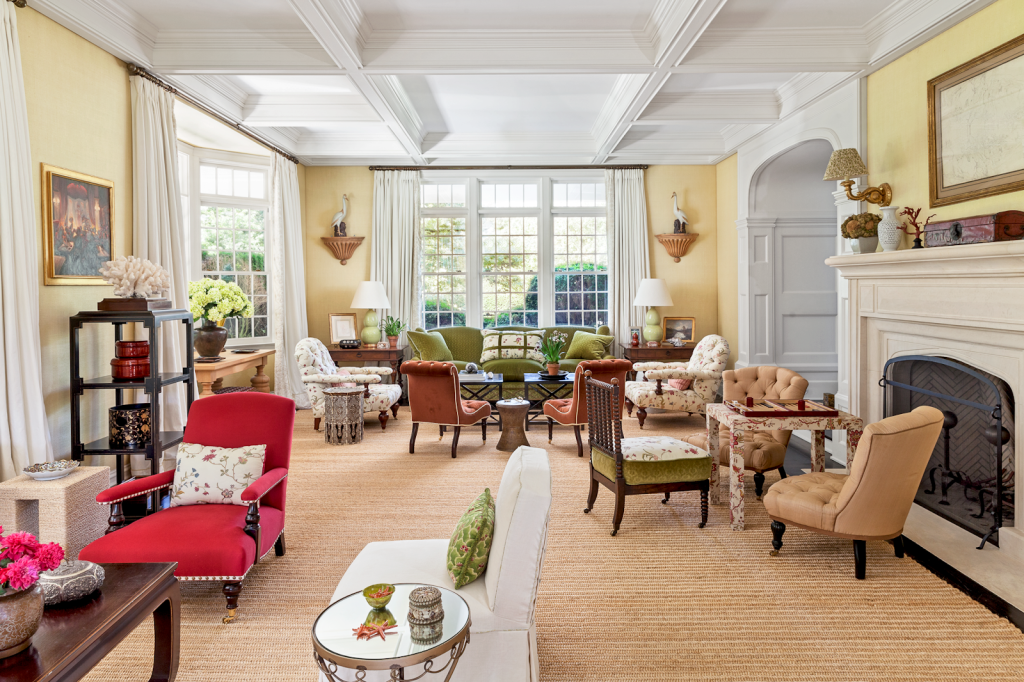
In the Middle Ages, monasteries centered around the parlor room. Its design facilitated both conversation in the inner area and monastic business in the outer area. By the 18th century,the parlor evolved into a reception area,a symbol of social standing that persists today.It serves as an entertainment space for affluent individuals, accommodating gatherings of all sizes. The parlor provides ample room for interaction among people of similar social standing. Its opulent display of collectibles, decorations, furniture, flowers, and art signifies financial success. Decor typically features light to neutral colors, enhanced by darker accents.
Aesthetics
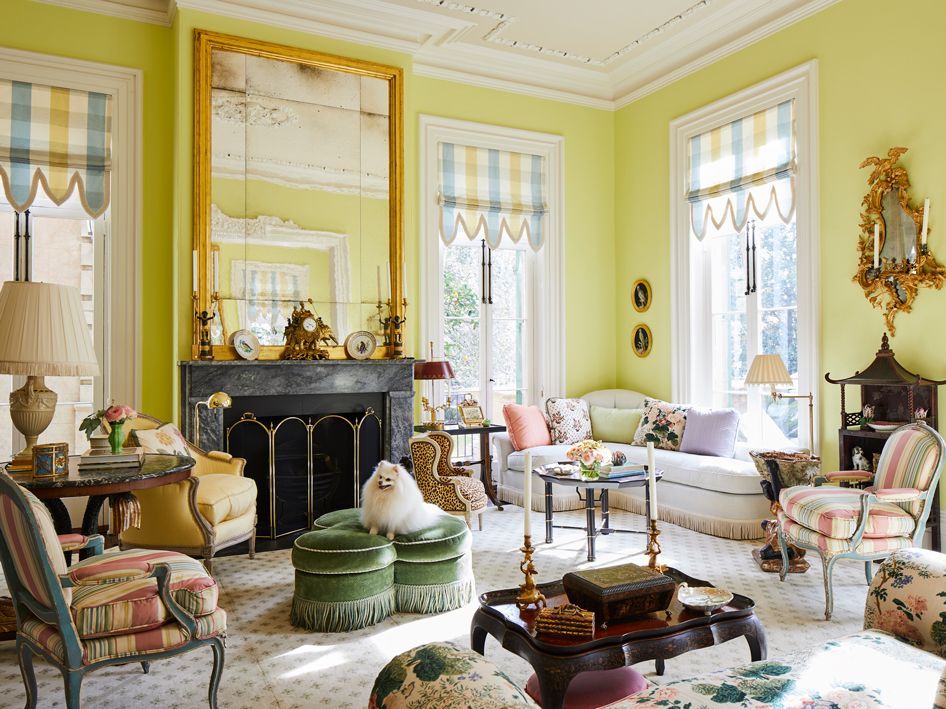
Parlor rooms prioritize attractive seating and conversation spots. Their design emphasizes details and embellishments, exceeding the living room’s offerings. Often confused with living rooms, parlors accommodate larger groups due to their size.They exude grandeur and sophistication, ideal for formal events. Unlike other home areas, parlor rooms maintain constant elegance. Decorations are lavish, reflecting the expected guests. instead of wall-to-wall carpeting, rugs define specific zones within the parlor.
Functionality
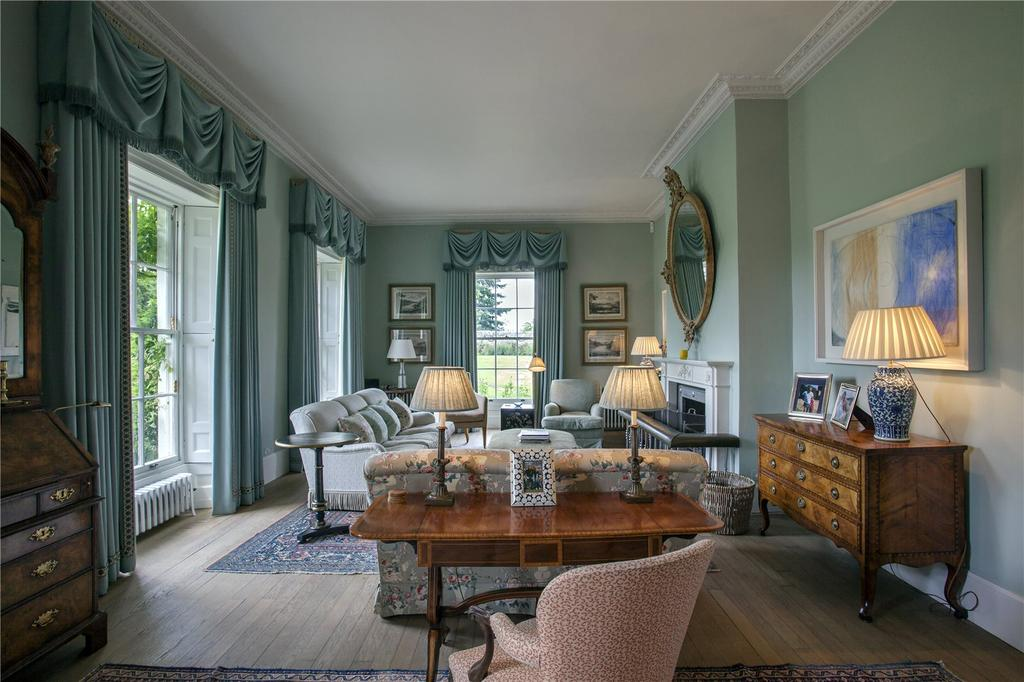
Functionally, the parlor room isn’t designed for multiple uses. it primarily hosts exclusive events where attendees dress formally. Besides entertaining guests, it may include seating and dining spaces for meals and drinks. Originating in the 19th century, it was initially called a drawing room. This common area served to welcome visitors and facilitate shared family activities. During the Victorian era, it was used only on Sundays and remained closed throughout the week.Parlor rooms accommodated both celebrations and funerals, welcoming distinguished guests.
Arrangement

this parlor blends living and dining spaces in an open design. The layout is zoned for both private and social interactions. A couch,armchairs,side tables,and a coffee table furnish the conversation area. These are often arranged in a U-shape, fostering pleasant and collaborative discussions. The conversation area is typically next to the dining space, perfect for chats during meals or drinks.
Location
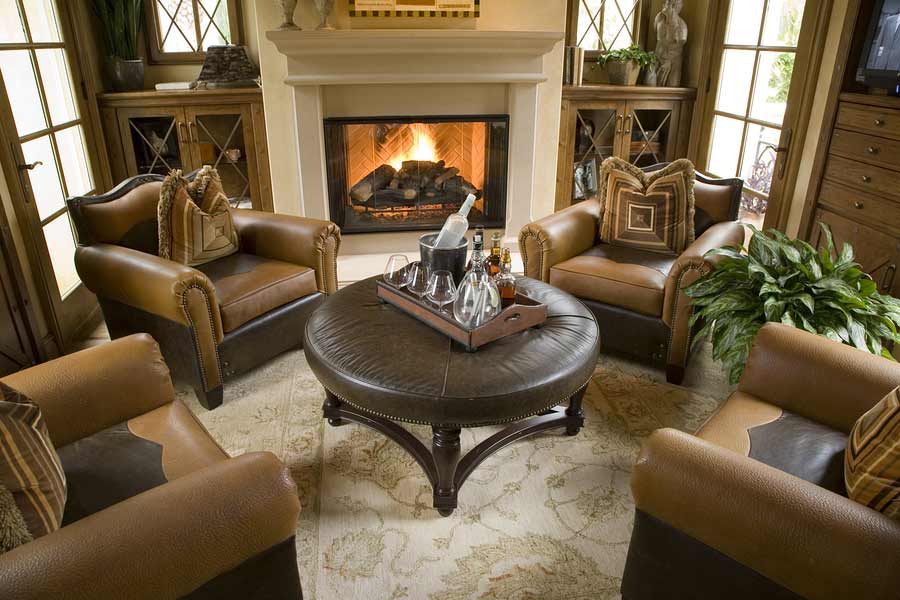
The parlor is usually in a quiet, separate area. It connects to the house’s public spaces but offers more privacy for gatherings. Ideally, a parlor opens onto a veranda or balcony. This provides fresh air and a space for smokers. Rooms with manny windows are also great for natural light. While used for guests during events, the parlor can also host daily household activities needing ample space.
Formality
The parlor is more formal and organized than a living room.It should always be spotless, considering the guests it hosts. Parlors are often large, found in mansions or spacious homes. Formal events take place here, requiring appropriate attire. In the past, ladies wore ball gowns and gentlemen wore suits.
Living Room
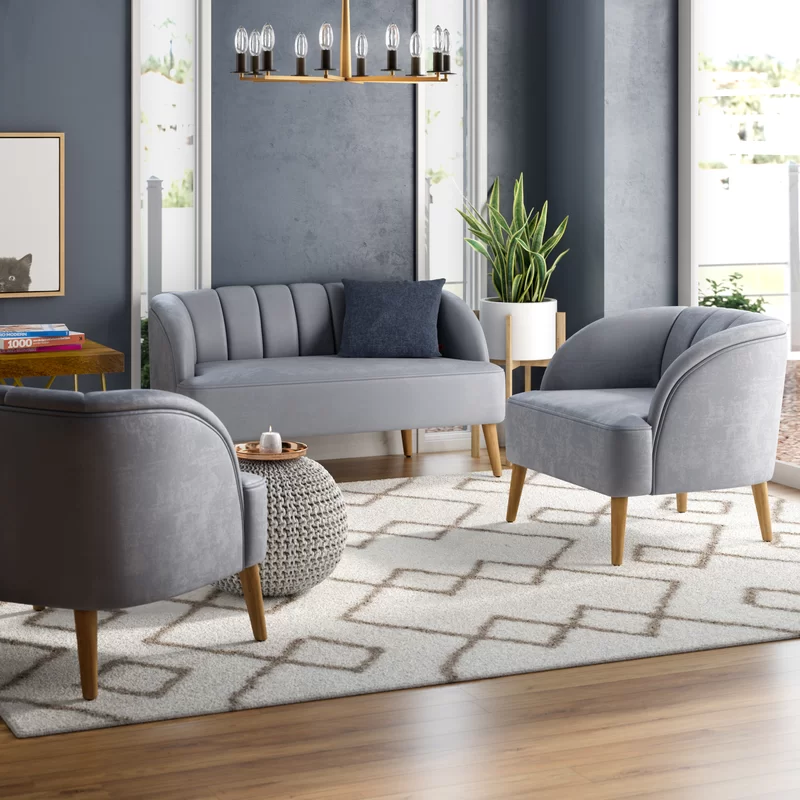
The living room serves as the primary welcoming area and a central hub for daily life. Modern homes often consider it a versatile space for various activities beyond the bedroom. This shared area is typically divided into zones for personal use,entertainment,and conversation. Sometimes,it’s designed as a single,adaptable space to accommodate both group and individual pursuits. A living room should feel welcoming and comfortable. It’s usually the most spacious area in a house or apartment.
Aesthetics
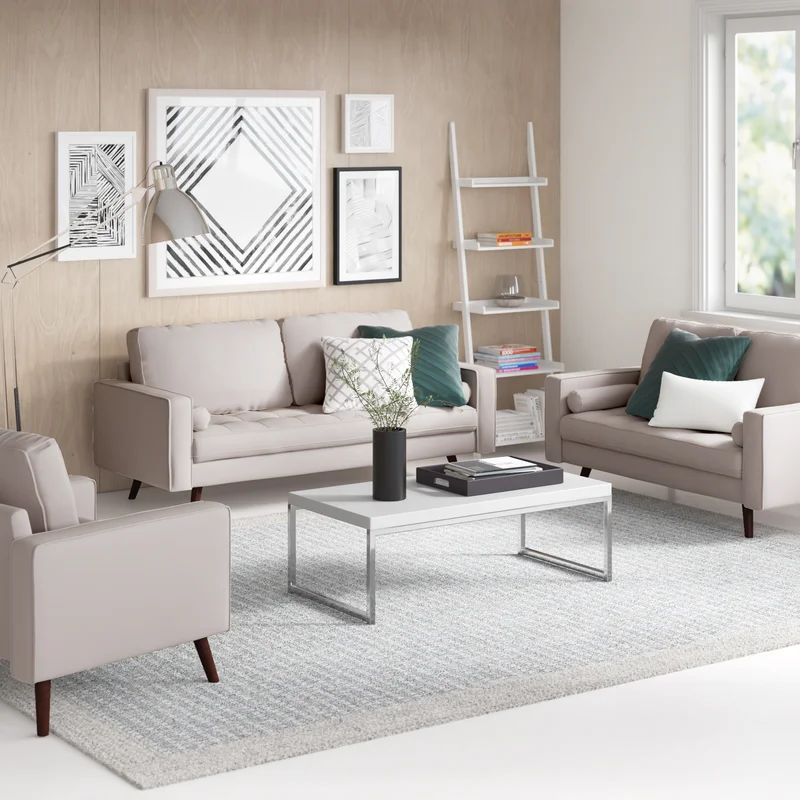
A living room’s design reflects the homeowner’s personality and style. It showcases their preferences in furniture, colors, materials, lighting, and decor. While there’s no single “right” way to design it, online resources offer inspiration. The living room is often the first space seen upon entering a home. Therefore, it significantly shapes the initial impression. Designing it to reflect the household’s interests is key. Artworks and photographs can greatly enhance the common area’s design.
Functionality

Living rooms primarily serve guests and offer a shared, comfortable area for residents. In smaller homes, they frequently enough double as entertainment and family rooms. Combining these functions saves time and money compared to creating separate spaces.While privacy might be slightly reduced, the cost savings are significant. Modern living rooms are versatile,designed for both socializing and entertainment.
Arrangement
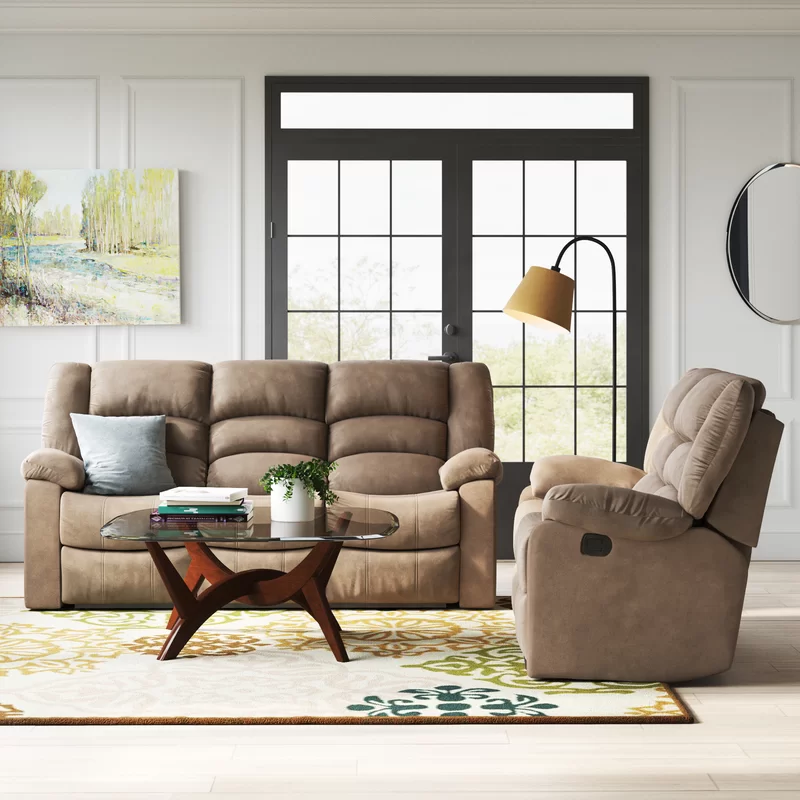
Living rooms commonly feature U-shaped, L-shaped, rectangular, boxed, or open-plan designs. These layouts enhance accessibility. They ensure easy movement in and out of the space. Living rooms often contain delicate decorations. Thus, spacious pathways are essential. These pathways accommodate people entering and leaving. Arrangements usually center on a focal point. This could be a fireplace or an entertainment center. Living room layouts often resemble reception areas.They typically include a coffee table or a bench.
Location

Unlike the formal parlor, the living room is conveniently located near the house entrance. It serves as the central hub, connecting key areas like the kitchen, dining space, and porch. These spaces are linked, requiring clear and efficient walkways due to heavy foot traffic. The living room is often next to or across from the dining room, enhancing accessibility and providing extra seating.
Formality
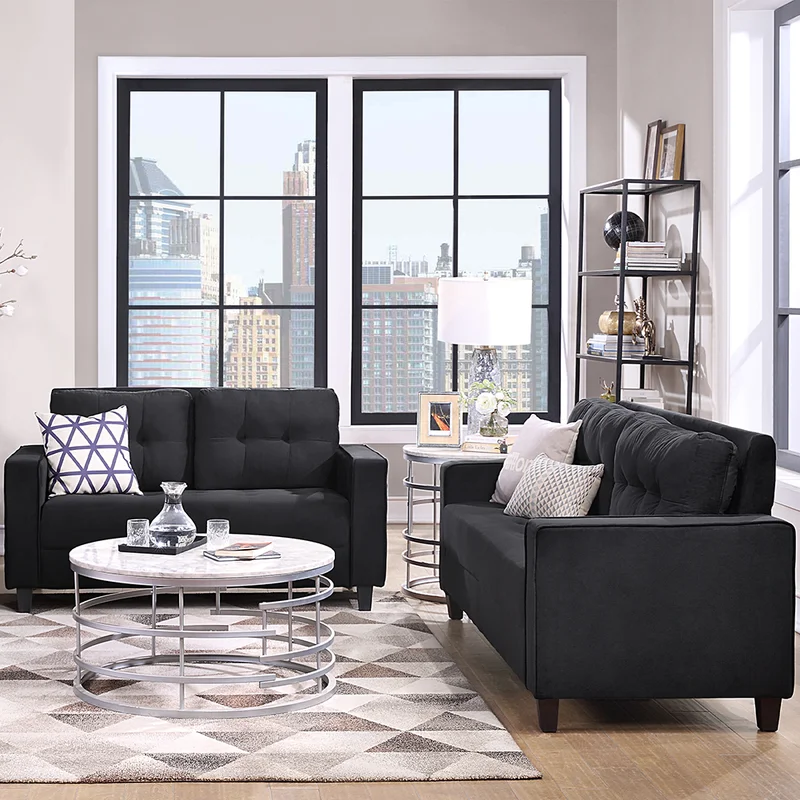
Today, the living room is a relaxed, informal area. It’s where families meet, no need for formal attire. Casual get-togethers are common here, so loungewear is perfectly fine. At home, you choose your style. There’s no dress code for the living room.Unlike a formal parlor, it’s a comfortable space to socialize with family.
Parlor vs Living Room
How does a parlor room stand apart from a living room? While many distinctions exist, the key difference lies in the inclusion of entertainment systems. In today’s world, these are essential for modern living. They provide amusement and enjoyment for everyone.A parlor room adds a touch of elegance to any home. It’s a classic space designed specifically for memorable events. When comparing these spaces based on appearance, use, layout, location, and level of formality, the living room’s importance in a typical home or apartment becomes clear.
